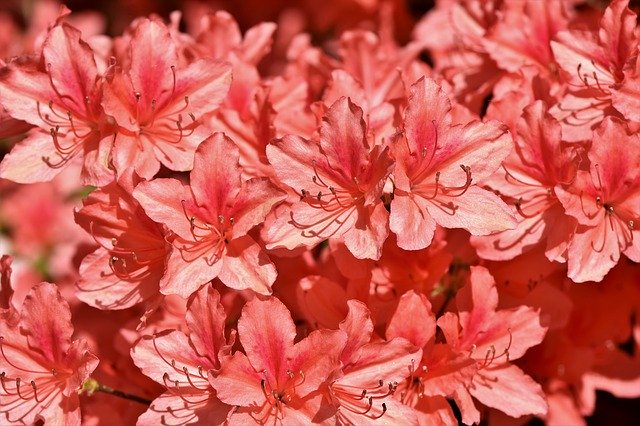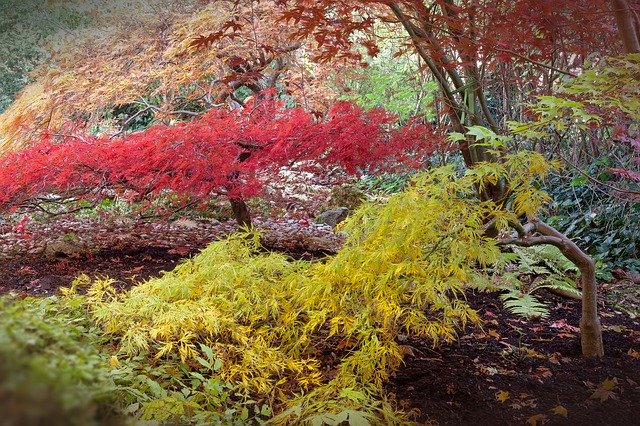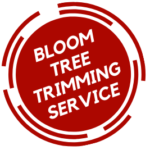This article has been extracted from “Tree & Shrub Gardening For Northern California” by “Bob Tanem Don Williamson”. Planting trees and shrubs can be done at any time of the year that you can dig the proper planting hole. “Tree Trimming Stockton CA” furnishes relevant information on this topic.
Before you pick up a shovel and start digging, step back for a moment and make sure the site you’re considering is appropriate. The most important thing to check is the location of any underground wires or pipes. Even if you don’t damage anything by digging, the tree roots may cause trouble in the future, or if there is a problem with the pipes or wires you may have to cut down the tree in order to service them. Most utility companies will, at no charge, come to your house and locate any underground lines. Prevent injury and save time and one by locating utilities before you dig.

Check also the mature plant size. The plant you have in front of you is probably pretty small. Once it reaches its mature height and spread, will it still fit in the space you have chosen? Is it far enough away from the house, the driveway and the sidewalk? Will it hit the overhang of the house? Are there any overhead power lines? If you are planting several shrubs, make sure they won’t grow too close together once they are mature. The rule of thumb for spacing: add the mature spreads together and divide by two. For example, when planting a shrub with an expected spread of 4’ and another with an expected spread of6’, you would plant them 5’ apart. For hedges and windbreaks, the spacing should be one- half to two- thirds the spread of the mature plant to ensure there is no observable space between plants when they are fully grown.
When to plant
For the most part, trees and shrubs can be planted any time of year, though some seasons are better for the plants and more convenient than others. Fall is the best time to plant trees and shrubs in Northern California. The root system continues to grow in through winter and will be more established before the heat of summer. Bare- root stock must be planted in winter because it is available only at that time, and it must be planted as soon as possible to avoid moisture loss. B& B is only available in winter, from December to February. If the plant comes in a heavy soil, we recommend that this soil be washed off before planting, especially for such plants as rhododendrons and Japanese maples. Container stock can be planted at any time of year, with the exception of frost- sensitive plants, such as cape plumb ago and princess flower, which are typically planted in the spring after all danger of frost has passed.

Many gardeners avoid planting during the hottest and driest part of summer, mainly because of the extra work that may be involved with supplemental watering. Because irrigation is a way of life here, working summer may not be an issue. No many gardeners enjoy planting in the winter rains. In our colder winter regions in the northeast and east, planting in spring is recommended because it gives the plants a chance to become established before the next winter sets in.
The time of day to plant is also a consideration. Avoid planting during the heat of the day. Planting in the morning, in the evening or on cloudy days will be easier on both you and the plant. It is a good idea to plant as soon as possible after you bring your specimen home. If you have to store the tree or shrub for a short time before planting, keep it out of the direct sun and ensure the root ball remains moist. Keep in mind that most nurseries water their plants every other day, (every day for 4” pots).
Continue reading on Water Calendar
